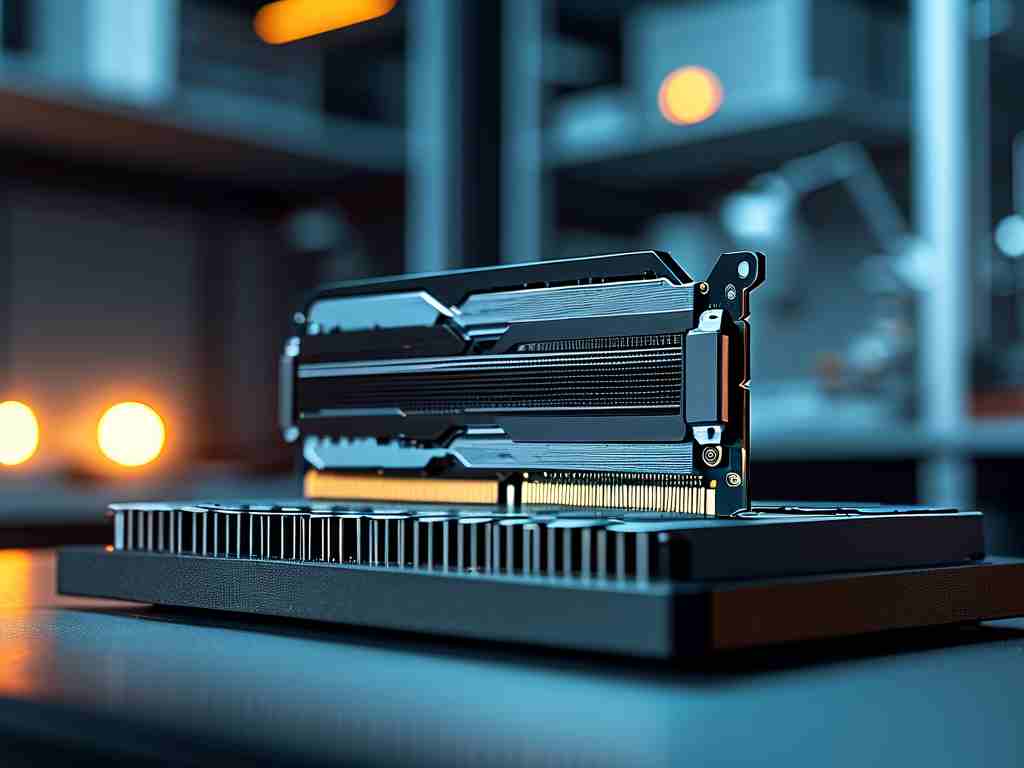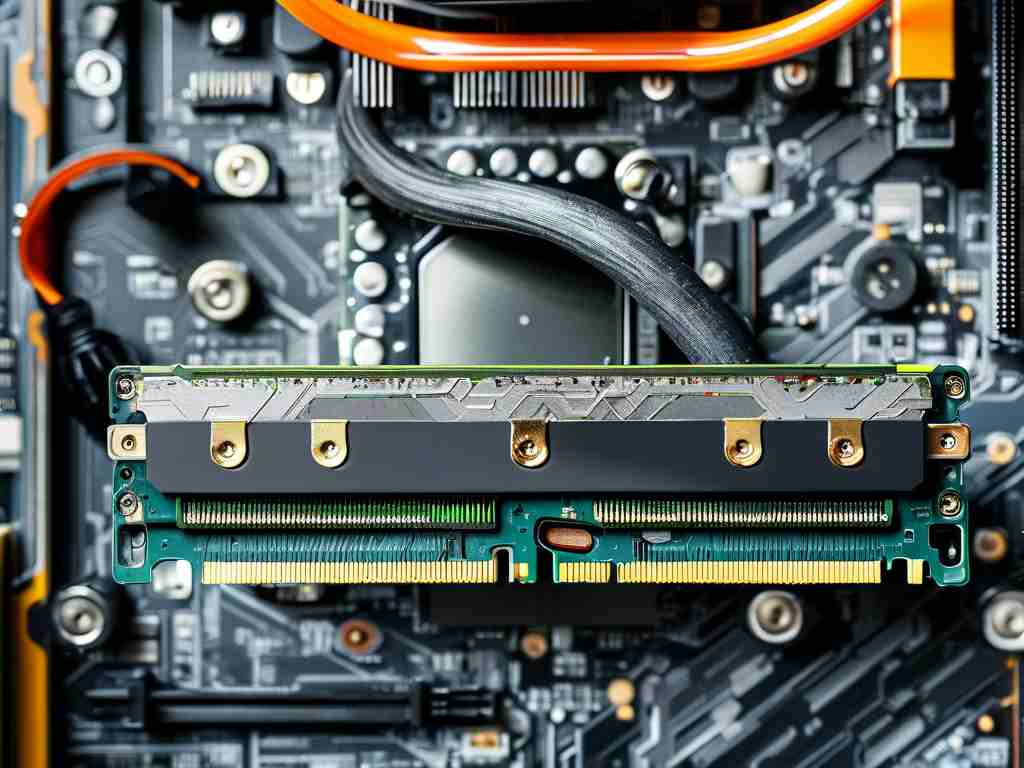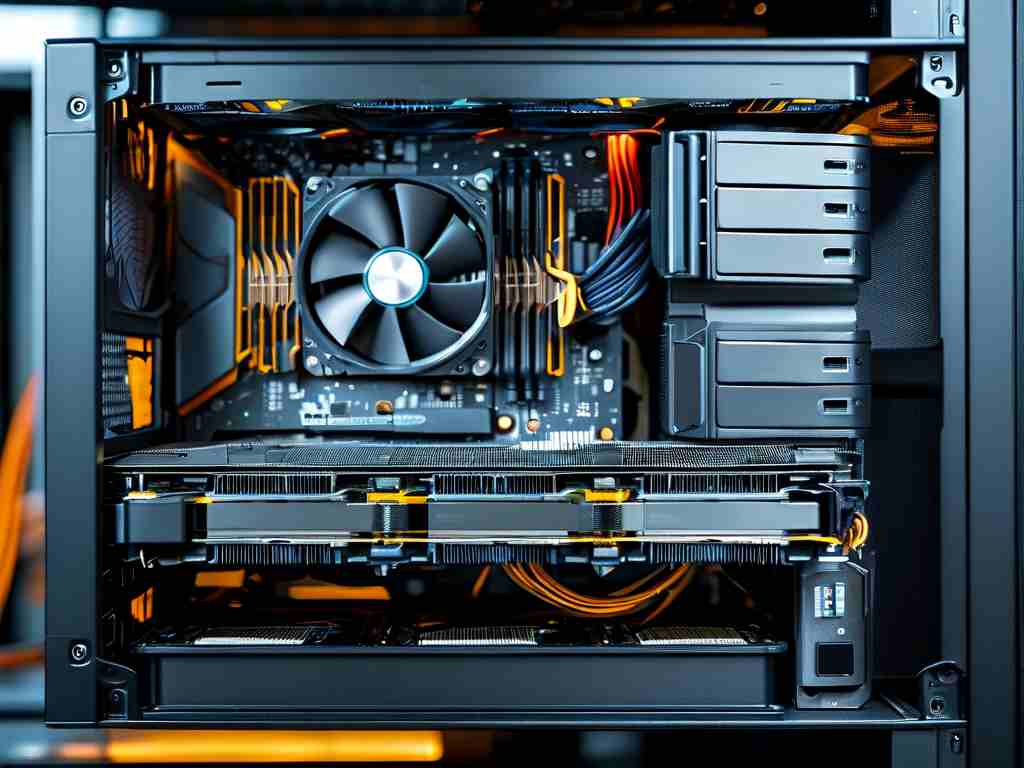Scientific calculators are indispensable tools for students, engineers, and professionals dealing with complex computations. While these devices often come with built-in memory, upgrading or expanding storage can enhance their functionality. However, purchasing the right memory for a scientific calculator requires careful consideration. This guide will walk you through the process, ensuring you make an informed decision.

Understanding Calculator Memory Types
Scientific calculators typically use two types of memory: RAM (Random Access Memory) and ROM (Read-Only Memory). RAM stores temporary data during calculations, while ROM holds the calculator’s operating system and pre-installed functions. Some advanced models also support external storage options, such as SD cards or USB drives. Before purchasing, identify your calculator’s memory specifications by checking the user manual or manufacturer’s website. For example, Texas Instruments (TI) calculators like the TI-84 Plus often allow memory expansion via apps or linked software, whereas Casio models may rely on internal storage upgrades.

Compatibility Is Key
Not all memory upgrades work with every calculator. Manufacturers design hardware and software to support specific memory modules. For instance, HP Prime calculators use a proprietary file system, meaning third-party storage devices might not integrate seamlessly. To avoid compatibility issues:
- Verify your calculator’s model number.
- Cross-reference compatible memory products on the brand’s official store or certified retailer sites.
- Check online forums or user communities for tested recommendations.
Storage Capacity Requirements
Determine how much memory you need based on your usage. Basic users who handle equations and graphs may require minimal storage, while those running data-heavy applications (e.g., statistical analysis or programming) will benefit from higher capacity. For example, a 16MB upgrade might suffice for standard tasks, but engineering students working with 3D modeling software might need 64MB or more.
Where to Buy Reliable Memory
Always purchase memory modules from reputable sources. Authorized retailers like Amazon, Best Buy, or the manufacturer’s official store ensure authenticity and warranty coverage. Avoid generic or unbranded products sold on unverified platforms, as these may corrupt your device or void its warranty. For older calculator models, consider refurbished parts from specialized electronics vendors.
Installation and Testing
Once you’ve acquired the memory, follow the installation guidelines provided by the manufacturer. Some calculators allow DIY upgrades via slots or ports, while others may require professional assistance. After installation, test the memory by saving files, running apps, or performing complex calculations. If errors occur, recheck connections or consult customer support.
Cost vs. Value
Memory prices vary widely. A basic SD card adapter for a Casio fx-991EX might cost under $15, whereas a proprietary TI-Nspire CX II memory module could exceed $50. Weigh the cost against long-term benefits—durable, high-speed memory often justifies a higher upfront investment.
Final Tips
- Backup Data: Before upgrading, transfer existing files to a computer to prevent data loss.
- Update Firmware: Ensure your calculator’s OS supports the new memory by installing the latest updates.
- Seek Expert Advice: If unsure, contact the manufacturer’s support team for guidance.
By following these steps, you can confidently select and install the right memory for your scientific calculator, optimizing its performance for academic or professional tasks.







